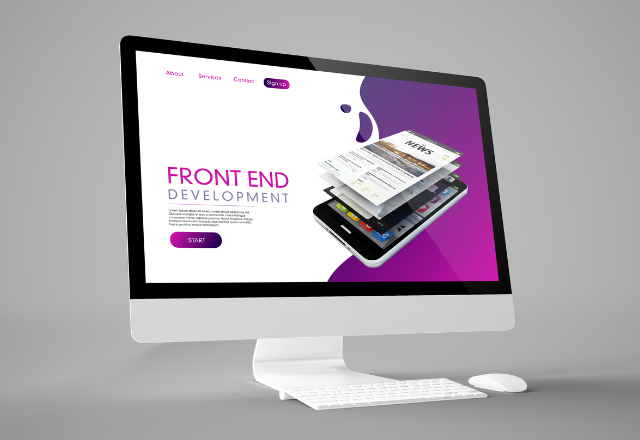Web designers are responsible for creating the visual appearance, layout, and user experience of websites. They plan and build the entire design framework, including color schemes, typography, imagery, and navigation structure, to create aesthetically pleasing and highly functional sites that visitors can easily use. The role combines creative design expertise with practical problem-solving and strategic thinking, ensuring websites are not only visually appealing but also optimized for usability, accessibility, and business performance across all devices.
Table of Contents
ToggleKey Responsibilities of Web Designers:
Client Consultation and Requirements Gathering
The web design process begins with understanding the client’s vision. Web designers meet with clients to discuss business goals, target audience, brand identity, and specific requirements. This discovery phase is critical—it ensures the final design aligns with the client’s objectives and brand voice. Strong communication skills are essential, as designers must translate business needs into concrete design solutions.

Visual Design and Creative Direction
Creating the overall visual identity of a website is a core responsibility. This includes selecting an appropriate color palette that enhances brand recognition, choosing typography that improves readability, and sourcing or creating high-quality imagery and graphics. Web designers use professional software like Adobe Creative Suite (Photoshop, Illustrator, XD) and Figma to bring these visual concepts to life. According to Adobe’s Web Design Certification Guide, mastering design software and maintaining brand consistency across all pages is fundamental to the role.
User Experience (UX) Design
Beyond aesthetics, web designers prioritize user experience. They design intuitive navigation paths, logical information hierarchy, and clear calls to action that guide visitors toward their goals. UX design means understanding how users interact with websites, anticipating their needs, and removing friction from their journey. Good UX design reduces bounce rates and increases conversions.
Responsive Layout and Structure
Modern websites must work seamlessly on desktops, tablets, and mobile devices. Web designers create responsive layouts that adapt to different screen sizes and ensure consistent functionality across all platforms. This involves planning the arrangement of content, menus, buttons, and interactive elements for optimal viewing on any device. Figma’s Responsive Design Guide provides excellent insights into modern responsive design practices.
Asset Creation and Selection
Web designers create or curate graphic elements that enhance the site. This may include designing custom icons, illustrations, animations, and selecting or editing photographs. Every visual element serves a purpose—to communicate brand values, support messaging, or improve user engagement. Professional-quality assets distinguish well-designed sites from amateur efforts.
Collaboration with Development Teams
Web designers work closely with web developers who transform designs into functional code. Designers provide detailed specifications, design files, asset libraries, and styling guidelines to ensure developers can implement the design accurately. Some web designers also write basic HTML and CSS code to bring their designs to life. This collaboration between design and development is essential for successful project delivery.

Testing and Quality Assurance
Before launch, web designers test websites across different browsers (Chrome, Firefox, Safari, Edge) and devices to ensure consistent appearance and functionality. They identify and resolve design issues, verify that interactive elements work correctly, and confirm that the site meets accessibility standards. This testing phase catches problems early and ensures a polished final product.
SEO and Performance Optimization
Modern web designers understand that beautiful design means nothing if the site can’t be found or is painfully slow. Web designers optimize page speed, ensure proper SEO structure with clean HTML markup, implement best practices for mobile optimization, and create designs that search engines can easily crawl and understand. Incorporating SEO from the design stage improves long-term visibility and traffic.
Technical Implementation and Coding
While web developers handle complex programming, many web designers today also code basic HTML, CSS, and sometimes JavaScript. This technical knowledge helps designers create more efficient designs, communicate better with developers, and troubleshoot issues. Understanding the technical limitations and possibilities of web platforms makes designers more effective.
Why Professional Web Design Matters
Professional web designers bring expertise in user psychology, design principles, brand strategy, and technical feasibility. They understand conversion optimization, accessibility standards, and the latest design trends. A well-designed website by an experienced designer delivers far better results than DIY solutions—higher user engagement, better search rankings, and ultimately, more conversions and revenue.
At marcomundo.co.uk, our expert web designers handle every aspect of site creation—from initial strategy and design through development and ongoing website maintenance. Whether you need WordPress website design or a complete website redesign, we create sites that look exceptional and perform brilliantly. Contact us today for a free consultation to discuss your project.



